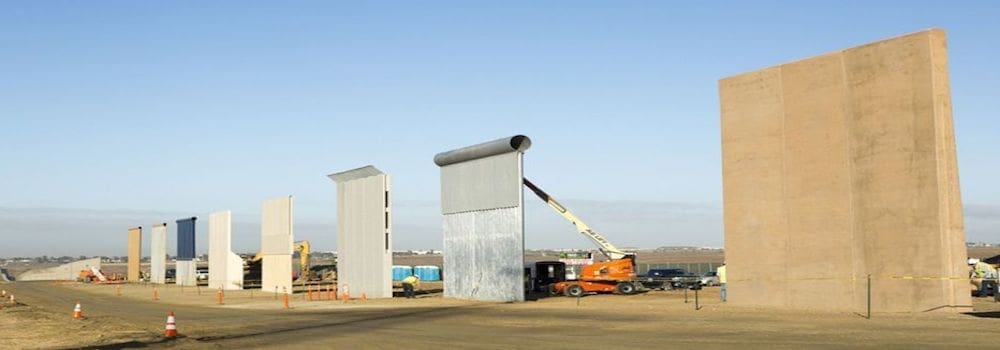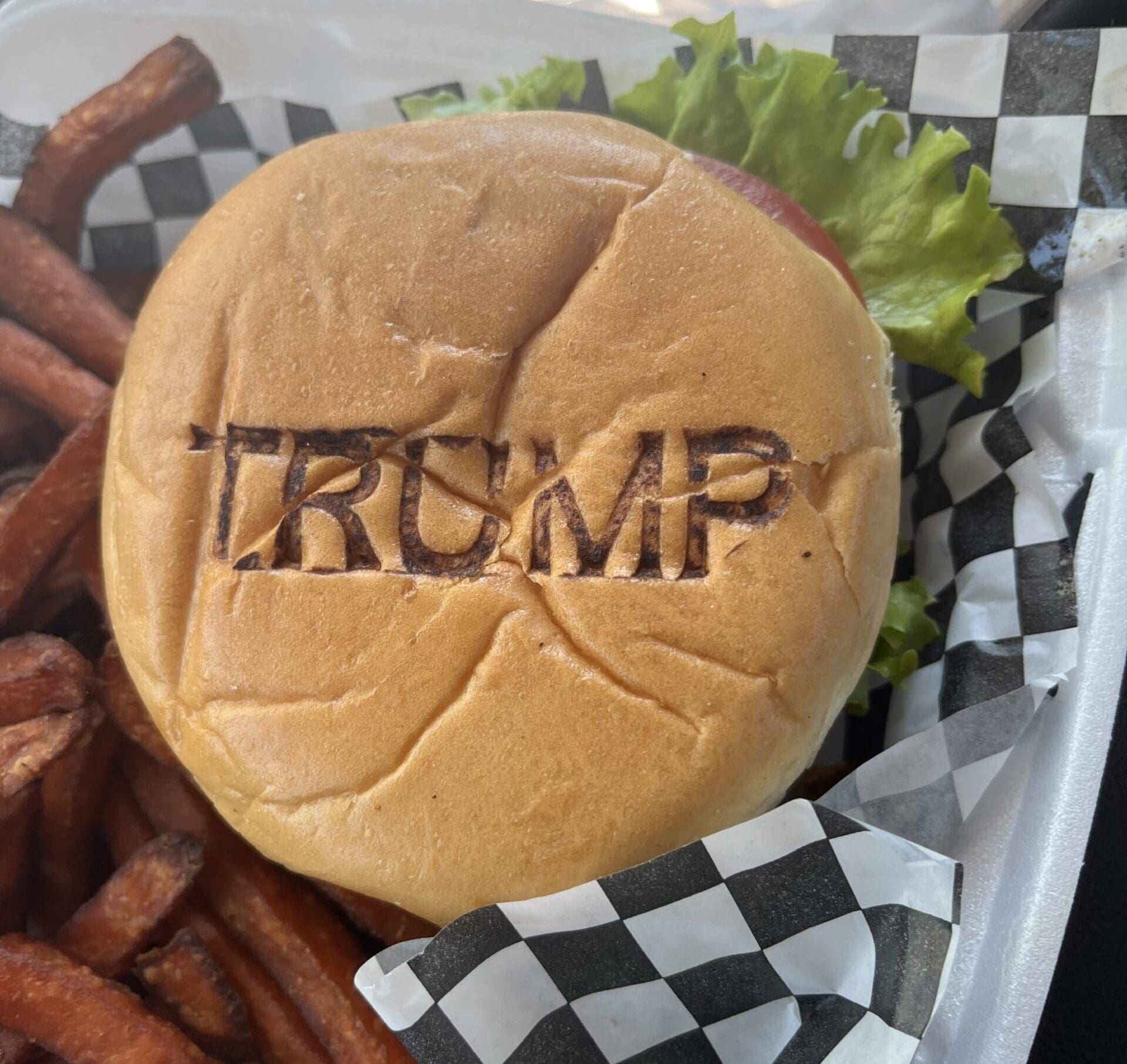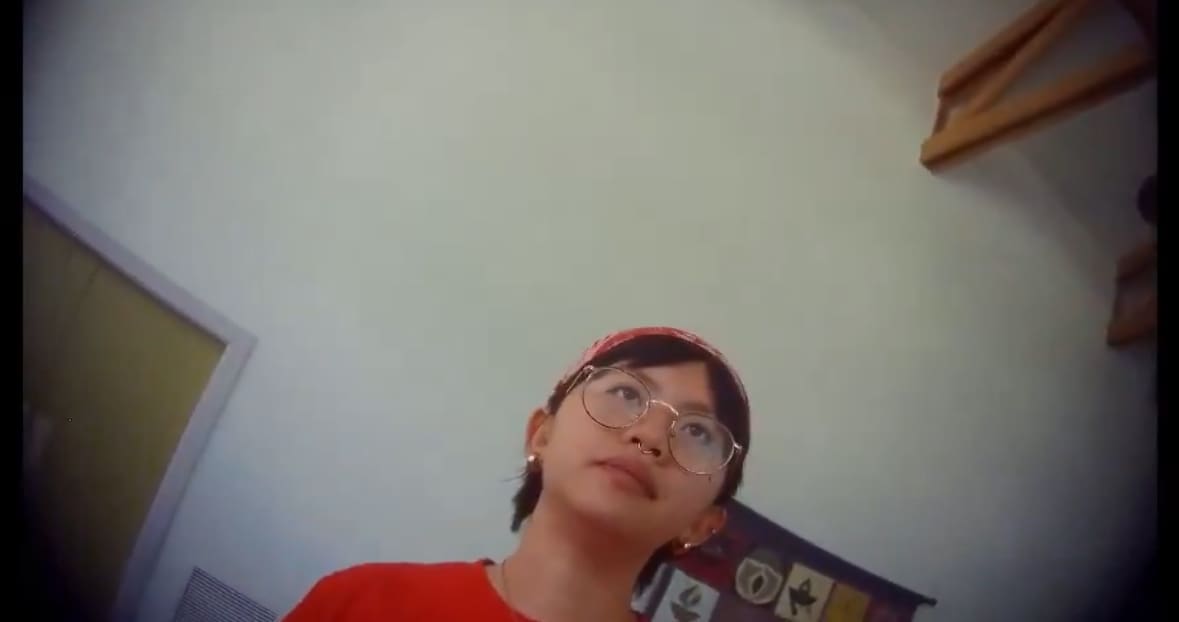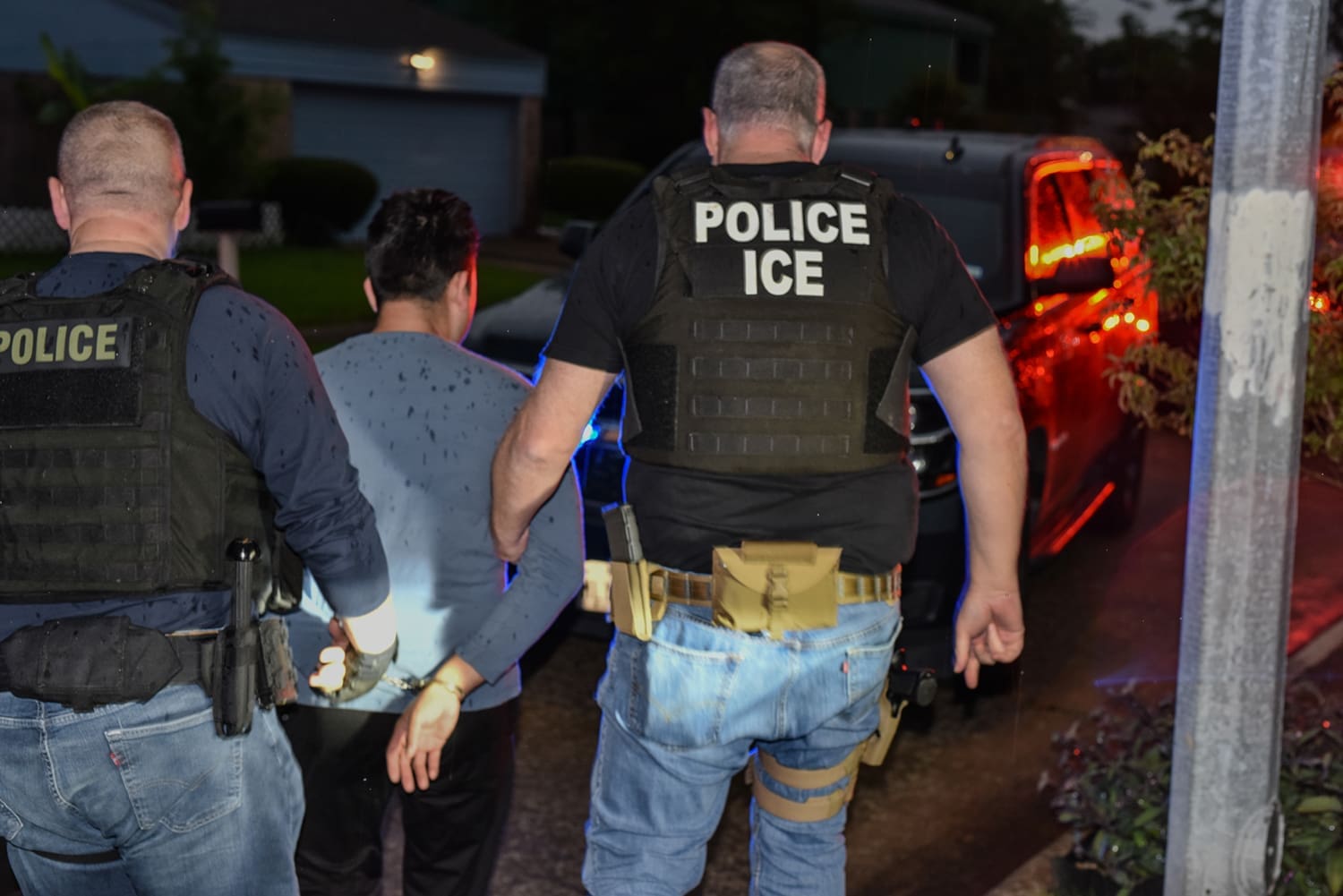Texas’ Rio Grande Valley has become a focal point for border security efforts, largely due to being one of the busiest ports of entry in the nation.
The RGV sector covers Southeast Texas from Orange to Starr County, a total of 34 counties and more than 34,000 square miles. Recently, the area has garnered national attention as a humanitarian crisis with a high number of apprehensions of illegals. United States Border Patrol (USBP) RGV Chief Manuel Padilla Jr. refers to this area as “The Last Stand.”
Drugs, Illegals, and a Tiger
Since 2013, the Texas Legislature has spent over $3 billion on border security efforts. During the 85th Legislative session, state lawmakers passed $800 million in border spending in conjunction with a resolution to Congress (HCR 52) expressing their frustration over the federal government’s failure to secure the 1,254 mile Texas-Mexico border.
The RGV sector accounts for over 40 percent of all border apprehensions in the United States. Since President Donald Trump’s inauguration, over 700,000 apprehensions have occurred in the RGV. Last year, the federal government allocated $2.3 million for “Operation Secure Texas” to alleviate the financial burden on Texas’ taxpayers. President Trump has also ordered the National Guard to the RGV to relieve agents’ duties, however their hands are tied since they aren’t allowed to arrest anyone, and drugs still continue to pour into our country.
Recently, the RGV has received national attention regarding a baby tiger. On April 30, USBP agents spotted three individuals  attempting to cross illegally near Brownsville. As agents pursued, the criminals fled back into Mexico, dropping a duffle bag. Agents were shocked to discover an unconscious three-month-old tiger cub stuffed inside. The tiger is now being cared for at Gladys Porter Zoo.
attempting to cross illegally near Brownsville. As agents pursued, the criminals fled back into Mexico, dropping a duffle bag. Agents were shocked to discover an unconscious three-month-old tiger cub stuffed inside. The tiger is now being cared for at Gladys Porter Zoo.
Across the nation, animal activists were outraged. Yet the inhumane conditions illegal immigrants endure has yet to garner the same reaction.
In their attempts to circumvent checkpoints, these people put themselves under the South Texas sun and at the hands of smugglers. Constantly, agents are called to pick up human remains on ranch properties.
On May 22, 86 illegal immigrants were found inside a tractor-trailer in Raymondville—treated as if they were animals—packed with avocados. On a weekly basis, illegals are found hidden within the interior of vehicles and hundreds more are found in stash houses along the RGV.
Last year, agents responded to a call at a Walmart outside of San Antonio where a trailer was discovered holding 76 illegal immigrants. Ten died due to heat exposure while others are suffering from irreversible brain damage. Smugglers took advantage of these immigrants’ desperation and promised they would be “refrigerated” during their ride, yet knowingly sent them to their deaths. Conservative Ann Coulter stated, “They’d still be alive if we had a wall.”
The month of May proved to be extremely busy for the RGV sector. Over $3 million in marijuana seizures occurred and smugglers have become increasingly savvy with new methods of concealment.
On May 16, agents discovered 2,119 pounds of marijuana concealed in a commercial shipment of charcoal into the U.S.  On May 20, agents discovered 56 pounds of cocaine, approximately $432,500 in street value, on a Mexican commercial bus on the McAllen-Reynosa International Bridge and another $1.4 million worth of cocaine at the Kingsville checkpoint. In the first week of May, $247,000 worth of methamphetamine was apprehended at the Falfurrias checkpoint. Over Memorial Day weekend, $2.2 million in marijuana was seized in Harlingen, another 300 pounds was confiscated in Roma, and another 90 pounds of marijuana along with 35 illegal immigrants were apprehended at the checkpoints.
On May 20, agents discovered 56 pounds of cocaine, approximately $432,500 in street value, on a Mexican commercial bus on the McAllen-Reynosa International Bridge and another $1.4 million worth of cocaine at the Kingsville checkpoint. In the first week of May, $247,000 worth of methamphetamine was apprehended at the Falfurrias checkpoint. Over Memorial Day weekend, $2.2 million in marijuana was seized in Harlingen, another 300 pounds was confiscated in Roma, and another 90 pounds of marijuana along with 35 illegal immigrants were apprehended at the checkpoints.
Ironically, the mainstream media fails to deliver these reports.
“We’re Going to Build A Wall”
At the start of Trump’s presidency, there was a perception in Mexico and Central America that Trump single-handedly changed U.S. immigration laws. However, under the previous administration, Obama altered “catch-and-release” policies in the implementation of the “Priority Enforcement Program” as it directs Customs and Border Patrol to focus only on immigrants who “pose a threat” to national, border, and public safety. Obama’s policies essentially encourage illegal immigration. Immigrants turn themselves over to border agents, expecting to be released into the United States under the stipulation to appear before a deportation hearing. Yet, as former immigration judge Mark Metcalf states, “American immigration courts have the highest failure to appear rates.”
“The border needs to be secured,” National Border Patrol Council Local 3307 president Chris Cabrera said in a previous interview with Texas Scorecard. “We must put an end to ‘catch-and-release’ or the same issues we’ve had for the past three years will return.”
Apprehensions had initially decreased in the beginning of Trump’s presidency, but as Cabrera predicted, border apprehensions have increased as Congress continues to fail in prioritizing border security.
In April, President Trump signed a memo directing his administration to focus on ending “catch and release” for the “safety and security of the American people,” stated White House press secretary Sarah Huckabee Sanders.
Following Trump’s promise of a “big, beautiful wall,” construction has recently begun in several stages along the southwestern border. With the $1.6 billion approved by Congress for border wall and fencing, one hundred miles will stretch between California, New Mexico, and Texas, with 33 miles — the largest barrier — constructed along the RGV.
Will it be effective?

USBP RGV Chief Manuel Padilla
At a press conference in Washington D.C., USBP acting deputy commissioner Ronald Vitello expressed the necessity for a physical barrier to impede and deter criminal illegal activity, “The truth is walls work.”
According to USBP RGV Chief Padilla, it’s a “smart border wall system.” He stated in an interview with Tony McDonald for Texas Scorecard Radio, “It’s not just a wall, it has technology to it. It has an enforcement zone that allows us to [more easily] patrol the border. Everyone understands this is what’s needed.”
Padilla detailed the border security structure needed to sufficiently secure the nation, stressing the significance of the cooperation of the State of Texas. “Personnel, technology, and infrastructure … together they enhance our situational awareness.”
Padilla and his agents are welcoming the construction needed in the RGV. “The wall is coming,” he stated, “and we’re planning for it.”
The United States Border Patrol recently celebrated their 94th anniversary since conception on May 28, 1924. Agents are tasked with an enormous and difficult responsibility—guarding the nation’s border 24 hours a day, seven days a week.




